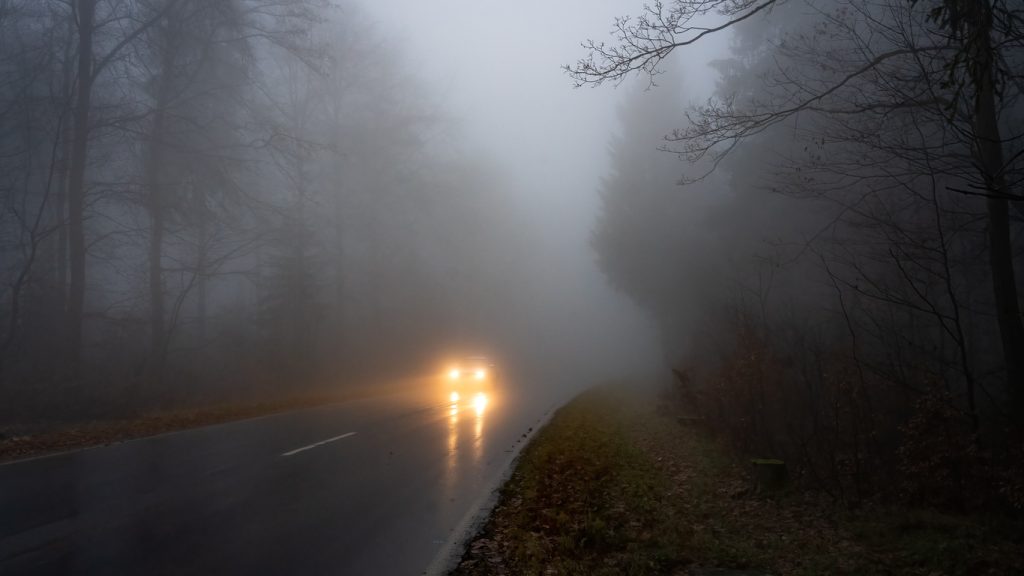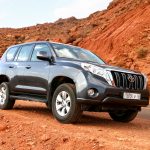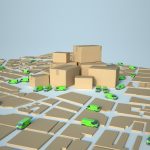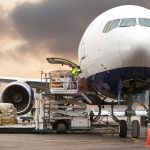Driving through Nigeria’s unpredictable weather—whether it’s heavy rain in Lagos or early morning mist on the Abuja expressway—requires more than just skill. One key safety feature many overlook is the fog light. Knowing when to use fog lights can make a significant difference in visibility, safety, and confidence on the road.
At Travo.ng, we care about helping Nigerian drivers travel smarter and safer. Here’s everything you need to know about using fog lights correctly.
What Are Fog Lights and Why They Matter
Fog lights are special vehicle lights designed to improve visibility in poor weather conditions—like fog, heavy rain, dust, or mist—when your regular headlights might reflect back and blind you.
They are usually mounted low on the car’s bumper and emit a wide, bar-shaped beam that cuts through fog without bouncing off it. Unlike high beams or low beams, fog lights help you see the edges of the road and alert other drivers to your presence.
When to Use Fog Lights in Nigeria
You should only use fog lights when your visibility drops significantly—typically below 100 meters. In Nigeria, that often happens in these conditions:
1. Early Morning or Late Night Fog
- Common in highland areas like Jos or Abuja outskirts.
- Turn on fog lights when you can’t see more than a few car lengths ahead.
2. Heavy Rainfall or Storms
- During downpours, your headlights can reflect off water, making it harder to see.
- Use fog lights to illuminate the road surface directly in front of you.
3. Harmattan Dust and Haze
- During Harmattan season, the air becomes thick with dust, reducing visibility.
- Fog lights help other drivers spot your vehicle early in these hazy conditions.
4. Misty or Smoky Roads
- In rural areas or near bush burning zones, smoke can create fog-like conditions.
- Fog lights improve visibility for you and other road users.
When NOT to Use Fog Lights
Using fog lights at the wrong time can be dangerous and inconsiderate to other drivers. Avoid them in these situations:
- Clear weather: Fog lights are bright and can blind oncoming drivers.
- Urban or well-lit roads: They add unnecessary glare and distraction.
- Heavy traffic: They may confuse other drivers if visibility isn’t actually poor.
Tip: Most modern cars have a dashboard symbol (a lamp with a wavy line) that tells you when your fog lights are on. Always turn them off once visibility improves.
How to Use Fog Lights Correctly
Here’s a quick step-by-step guide:
- Turn on your dipped headlights first.
- Switch on the fog lights only when visibility drops below 100 meters.
- Keep your speed moderate — fog lights help you see, but not stop instantly.
- Turn them off immediately once the fog or rain clears.
Driving Safely During Poor Visibility
Besides using fog lights correctly, here are additional tips for Nigerian drivers:
- Increase your following distance. Give more space between your car and the next.
- Avoid high beams. They reflect off fog and make it harder to see.
- Use road markings as a guide when visibility is low.
- Stay calm and avoid overtaking in poor visibility conditions.
Travo.ng: Your Trusted Travel and Logistics Partner in Nigeria
Whether you’re driving for business, travel, or deliveries, Travo.ng provides reliable travel and logistics solutions that keep Nigerians moving safely and efficiently.
From trip planning to vehicle support, Travo.ng ensures every journey—rain, fog, or shine—is smooth, secure, and stress-free.
So next time you face foggy conditions, remember: drive smart, stay visible, and trust Travo.ng for expert road and travel support across Nigeria.
Key Takeaway
Use fog lights only when visibility is poor due to fog, heavy rain, dust, or mist. Turn them off when conditions clear to keep roads safer for everyone.






